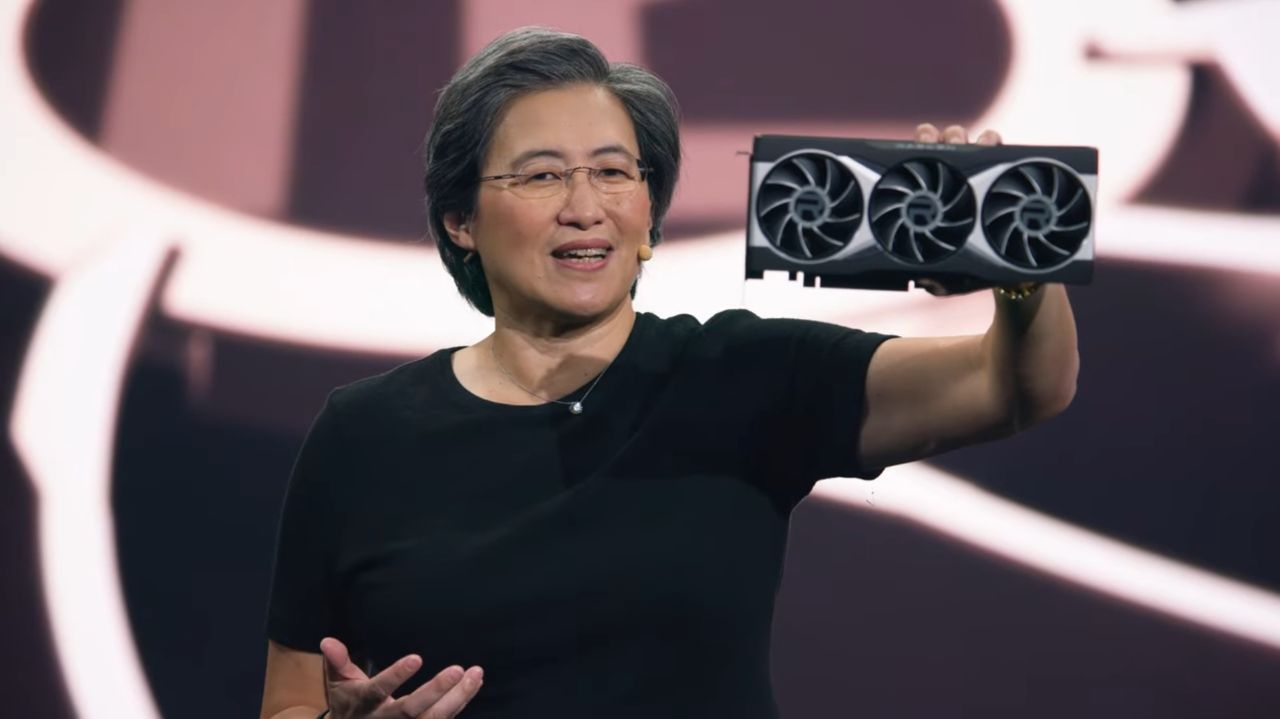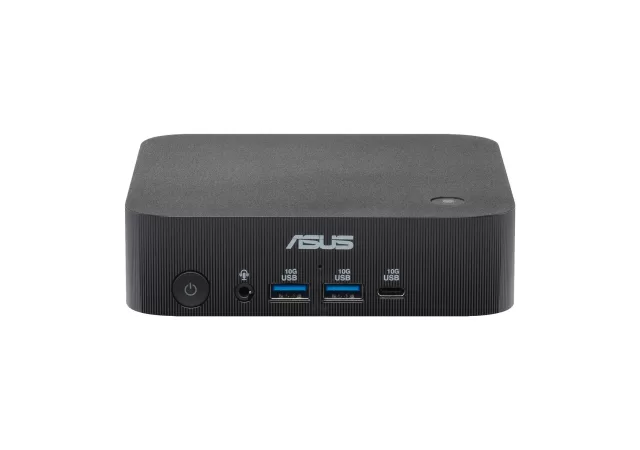AMD’s Ryzen 5000 series launched just a few weeks ago wowed the world with not just improved performance. It wowed the world by beating Intel in their own game. With their new Zen 3 architecture, they somehow managed to catch up to Intel’s gaming prowess in their processors and now team Red is an even better CPU choice for creators around the world. Even we want an AMD Ryzen build for our gaming PCs now.
In that launch as well, they teased something else that we all knew was coming along. They teased their new AMD Radeon RX6000 series GPUs. In their demo from the Ryzen launch, the GPUs look to be very promising too running Borderlands 3.
Still, nothing compares to the real thing, and so AMD launches their AMD Radeon RX6000 platform. The internet world calls the new GPU “Big Navi”, as a succession to the Navi based Radeon RX 5700 and RX 5700 XT. AMD also thinks that this new GPUs will take the fight to their biggest GPU competitor, NVIDIA and their new platform, Ampere.

Here are the headline figures; 80 compute units clocked at a maximum of 2,250MHz (Boost Clock) with 128MB of cache, 16GB of GDDR6 RAM, all at 300W power draw. Welcome to RDNA 2 on AMD’s Radeon RX 6900 XT. Welcome to the new standards in gaming GPU.
AMD Radeon RX 6900 XT

As mentioned, the headline figures are quite impressive. This is a comparable GPU to NVIDIA’s RTX 3090, if you need the nearest comparison baseline. There are some interesting figures from the headline figures you see above though.
For one, AMD’s Radeon RX 6900 XT is only using GDDR6 technology while the NVIDIA card works with a GDDR6X technology which is, in theory, faster. The AMD card also has less RAM at 16GB compared to 24GB. The AMD card’s GDDR6 RAM also only features a 256-bit memory interface, and its direct competitor uses a 384-bit interface.
The AMD Radeon is clocked faster though at about 2GHz in base clocks and a maximum of about 2.2GHz in maximum clock. Even its base clock is much faster than its direct competitor’s 1.7GHz boost clock. All of that while drawing 300W, 50W less than its competitor.
There are differences in the cards, which are quite expected. Which card might perform better in different situations can be arguable as well thanks to the differences in specs. From the presentation by AMD’s Lisa Su though, the AMD Radeon RX 6900 XT is more powerful that its direct competitors in up to 4K gaming conditions. Oh yes, the NVIDIA RTX 3090 is no longer the most powerful GPU in the world. NVIDIA is no longer the only choice when it comes to high-performance gaming. Did we also mention that the RX 6900 XT is the same size as the RX 6800 XT?
AMD Radeon RX 6800 XT

To be fair, we should have started with this GPU since AMD started their presentation with this card. It is just one step down from the all-powerful and mighty AMD Radeon RX 6900 XT. It features mostly the same headline figures with 8 less compute units, bringing a total of 72 Compute Units.
That does not mean that the RX 6800 XT is a huge compromise over the almighty RX 6900 XT. It is less powerful thanks to less Compute Units. But it is still more powerful than its closest competitor the NVIDIA RTX 3080.
How do we know? We do not. We can only take the words of AMD as truth for now, until independent reviewers pick up the cards to test out.
AMD Radeon RX 6800
Then they brought out a slightly more budget conscious choice of the AMD RX 6800. This consumes less power than the big RX 6800 XT at 250W, 50W less. But that is also because it is clocked at a lower speed.
The AMD Radeon RX 6800 is clocked at about 1.8GHz at the base and pushes 2.1 GHz at maximum clock. It also has 128MB in Infinity Cache (like the RX 6800 XT and RX 6900 XT), and 16GB GDDR6, also like its bigger brothers. But it has 12 less Compute Units compared to the RX 6800 XT at 60 Compute Units.
RDNA 2

The new AMD Radeon RX 6000 series cards come with what AMD calls the RDNA 2 architecture technology. What does it mean for you? It means a 65% performance increase from the RX 5000 series of Radeon GPUs (RDNA). But that is still a little general, to be honest. The RX 6800, for example, is more powerful than the NVIDIA RTX 2080Ti, and even more powerful than AMD’s older Radeon RX 5700 XT. The RX 6800 is also a very different GPU compared to the RX 5700 XT. In fact, the RX 6800 XT is twice more powerful than the RX 5700 XT
So the only way to measure this difference is in the performance of other computational capacities. For example, memory access. While the AMD Radeon RX 6900 XT has a smaller memory bandwidth at 256-bit and less memory at 16GB of RAM and 128MB in cache (a very fast cache, if I might add), it could outperform its closest competitor. That is thanks to something they call Infinity Cache.
The Infinity Cache, in an oversimplified form, is basically a memory sharing technology. That is an oversimplification to the technology. To say that the GPU can draw some compute power via accessing a super-fast cache is still oversimplifying it. But that also means that AMD could get up to twice more memory bandwidth from just 128MB cache, 16GB RAM, and a 256-bit interface compared to 384-bit 24GB RAM system while also drawing less power.

Mind you, you might get even better performances if you are using an AMD Ryzen 5000 CPU paired to the Radeon GPU. This one is called Smart Access Memory, which is also another word for memory access sharing between an AMD Ryzen CPU and an AMD Radeon GPU. This also means that there is an even higher memory throughput from the PC to give workloads more speeds to work with. That might mean a bigger performance boost on games or other workload processes.
But having both AMD’s CPU and GPU does not just add performance on your screen. It helps you improve your competitiveness in games. With AMD’s Radeon latency boost combined with FreeSync, it reduces your input lags up to 40ms. This also means that in games like Counter-Strike, or Dota2, or Valorant, or even Overwatch, your clicks converts to an action even faster and more instantly.
There is more to RDNA 2 as well. It supports DirectX 12 Ultimate, which is quite expected. But more than that, it works with DirectX to enable Ray Tracing and something called Super Resolution. We are guessing that it is AMD and Microsoft’s version of DLSSS technology.
All these are under the surface though. On the surface, there is a new control app for the AMD GPUs. On that new app, there is something called RAGE mode for the GPUs. This is a one-click overclock mode built-into the GPUs. You do not even need to know how to overclock to under-volt GPUs or CPUs to do this. You just needt to hit RAGE mode and let the GPU rip apart every game you play.
Pricing and Availability
The AMD Radeon RX 6800 will be available from 18th November 2020 onward for US$ 579 (MYR2,407.81). The Radeon RX 6800 XT will be available also on the same day onward for US$ 649 (MYR2,698.91). The more powerful and extreme AMD Radeon RX 6900 XT will be available 8th December 2020 onward for US$ 999 (MYR4,154.41). These are extremely attractive prices compared to its competitors. These prices are also for reference cards from AMD and may not reflect the prices of Radeon GPUs from OEMs.






